Table of Contents
calisthenics progression is a systematic approach to improving your calisthenics skills. It involves gradually increasing the difficulty of your workouts over time, in order to challenge your body and promote continuous progress. Whether you're a beginner just starting out or an experienced athlete looking to take your skills to the next level, a well-structured calisthenics progression plan can help you achieve your fitness goals. On Kizworld, we have everything you need to get started with calisthenics, from beginner-friendly workouts to advanced training programs. So what are you waiting for? Start your calisthenics journey today and see how far you can go!
Calisthenics Progression: The Definitive Guide to Enhance Your Physical Prowess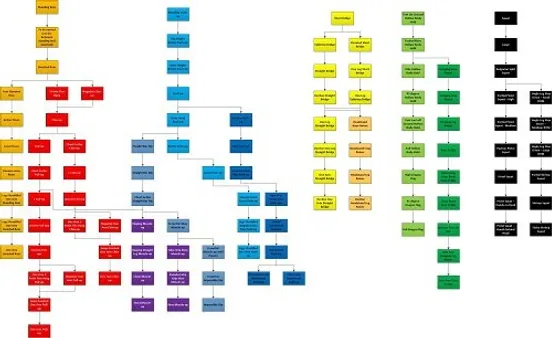
Workout Progression | Benefits |
|---|---|
Beginner | Build a foundation with bodyweight exercises. |
Intermediate | Challenge yourself with dynamic and strength-building exercises. |
Advanced | Achieve superhuman strength and control with complex and demanding exercises |
I. Calisthenics Progression: A Step-by-Step Guide to Mastering Bodyweight Exercises
Understanding the Basics of Calisthenics Progression
Calisthenics progression is the gradual increase in difficulty of bodyweight exercises over time. This allows you to continually challenge yourself and make progress in your training. There are many different ways to progress in calisthenics, but some of the most common methods include:
- Increasing the number of repetitions of an exercise
- Increasing the weight you are lifting
- Increasing the range of motion of an exercise
- Adding more complex variations of an exercise
Creating a Calisthenics Progression Plan
The first step to creating a calisthenics progression plan is to assess your current fitness level. This will help you determine where to start and how quickly you can progress. Once you have assessed your fitness level, you can start to create a plan that will help you reach your goals.When creating your plan, it is important to consider the following factors:
- Your fitness goals
- Your current fitness level
- The amount of time you have available to train
- Your access to equipment
Once you have considered these factors, you can start to develop a plan that will help you reach your goals.Here are some tips for creating a calisthenics progression plan:
- Start slowly and gradually increase the difficulty of your workouts over time.
- Listen to your body and take rest days when you need them.
- Be consistent with your training and don't give up.
With hard work and dedication, you can achieve your calisthenics goals.How to Learn the Basic Calisthenics Skills and Progressions
Workout Progression | Benefits |
|---|---|
Beginner | Build a foundation with bodyweight exercises. |
Intermediate | Challenge yourself with dynamic and strength-building exercises. |
Advanced | Achieve superhuman strength and control with complex and demanding exercises |
Calisthenics Progression: A Step-by-Step Guide to Mastering Bodyweight Exercises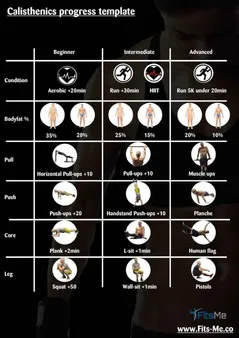
II. Understanding the Basics of Calisthenics Progression
What is Calisthenics Progression?
Calisthenics progression is the gradual increase in difficulty of calisthenics exercises over time. This can be done by increasing the number of repetitions, sets, or exercises, or by making the exercises more challenging. Calisthenics progression is important for continued progress and to avoid plateaus.
Why is Calisthenics Progression Important?
Calisthenics progression is important for several reasons. First, it helps to prevent boredom. If you are always doing the same exercises at the same difficulty level, you will eventually get bored and stop progressing. Second, calisthenics progression helps to build strength and muscle. As you progress, you will be able to do more repetitions and sets of exercises, and you will be able to do more challenging exercises. Third, calisthenics progression helps to improve your overall fitness. As you get stronger and more muscular, you will be able to do more activities and you will be less likely to get injured.
How to Create a Calisthenics Progression Plan
Creating a calisthenics progression plan is important for ensuring that you are progressing safely and effectively. Here are a few tips for creating a calisthenics progression plan:* Start with a beginner routine and gradually increase the difficulty of your workouts over time.* Listen to your body and rest when you need to.* Be patient and consistent with your workouts.* Find a workout buddy or join a calisthenics class for support and motivation.How to Learn the Basic Calisthenics Skills and Progressions
Beginner | Intermediate | Advanced |
|---|---|---|
Bodyweight squats | Pistol squats | Weighted squats |
Push-ups | Handstand push-ups | Weighted push-ups |
Pull-ups | Muscle-ups | Weighted pull-ups |
Calisthenics progression is an important part of any calisthenics training program. By following these tips, you can create a calisthenics progression plan that will help you reach your fitness goals.
Understanding the Basics of Calisthenics Progression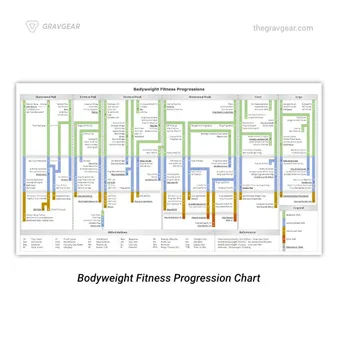
III. Creating a Calisthenics Progression Plan
Creating a calisthenics progression plan is essential for achieving your fitness goals. A well-structured plan will help you progress safely and effectively, while minimizing the risk of injury. Here are a few tips for creating a calisthenics progression plan:
Start with a solid foundation. Before you start adding complex exercises to your routine, it's important to build a solid foundation with basic bodyweight exercises. This will help you develop the strength and coordination you need to progress to more advanced movements.
Set realistic goals. Don't try to do too much too soon. Start with a few simple exercises and gradually add more challenging ones as you get stronger. Trying to do too much too soon can lead to injury.
Listen to your body. It's important to listen to your body and rest when you need to. Pushing yourself too hard can lead to injury. If you're feeling pain, stop exercising and consult with a doctor or physical therapist.
Be consistent. The key to success with calisthenics is consistency. Try to exercise at least 3 times per week. The more consistent you are, the faster you will progress.
Have fun! Calisthenics should be enjoyable. If you're not having fun, you're less likely to stick with it. Find exercises that you enjoy and make exercise a part of your lifestyle.
Beginner | Intermediate | Advanced |
|---|---|---|
Bodyweight squats | Pistol squats | Weighted squats |
Push-ups | Handstand push-ups | Weighted push-ups |
Pull-ups | Muscle-ups | Weighted pull-ups |
Here are some related posts that you may find helpful:
- How to Do a Muscle-Up
- The Best Calisthenics Gifts and Accessories
- The Best Calisthenics Quotes and Motivation
Creating a Calisthenics Progression Plan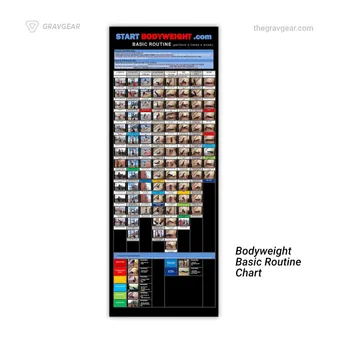
IV. Advanced Calisthenics Progression Techniques
Mastering Complex Movements
Advanced calisthenics progression involves mastering complex movements that require immense strength, coordination, and control. These movements push the boundaries of bodyweight training and demand a high level of physical fitness. Some examples of advanced calisthenics exercises include the planche, the human flag, and the 360-degree muscle-up.
Mastering these advanced movements not only requires consistent training but also a deep understanding of body mechanics and proper technique. It's crucial to progress gradually, starting with easier variations and gradually increasing the difficulty as your strength and skills develop.
Advanced Calisthenics Exercises | Difficulty Level |
|---|---|
Planche | Extreme |
Human Flag | Extreme |
360-Degree Muscle-Up | Extreme |
- Muscle-Up Progression: From Easier Variations to Mastering the Advanced Form
- A Comprehensive Guide to Mastering the Fundamental Calisthenics Skills
Building Strength and Endurance
Advanced calisthenics progression also emphasizes building exceptional strength and endurance. This involves incorporating exercises that challenge your limits and push you to develop not only muscular strength but also the ability to sustain effort over extended periods.
Weighted calisthenics, where additional weight is added to bodyweight exercises, is an effective way to increase resistance and boost strength gains. Long sets, high repetitions, and endurance-based circuits can also improve your overall work capacity.
Incorporating Flexibility and Mobility Work
Flexibility and mobility are crucial aspects of advanced calisthenics progression. These elements enhance range of motion, improve coordination, and reduce the risk of injuries. Incorporating stretching, foam rolling, and dynamic movements into your training routine can help improve your flexibility and mobility.
Advanced calisthenics progression is an ongoing journey that requires dedication, consistency, and a passion for bodyweight training. By embracing complex movements, building strength and endurance, and prioritizing flexibility and mobility, you can unlock the full potential of your physical abilities.
- Creating an Effective Calisthenics Routine: A Step-by-Step Guide
- The Ultimate Guide to Calisthenics Exercises: Types, Benefits, and Variations
Advanced Calisthenics Progression Techniques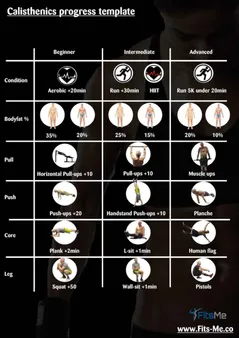
V. Conclusion
Calisthenics progression is a journey that requires patience, dedication, and consistency. It's not about reaching the end goal as quickly as possible, but about enjoying the process and making progress along the way. Remember to listen to your body, set realistic goals, and find a community of like-minded people to support you on your journey. With hard work and dedication, you can achieve your calisthenics goals and unlock your full potential.